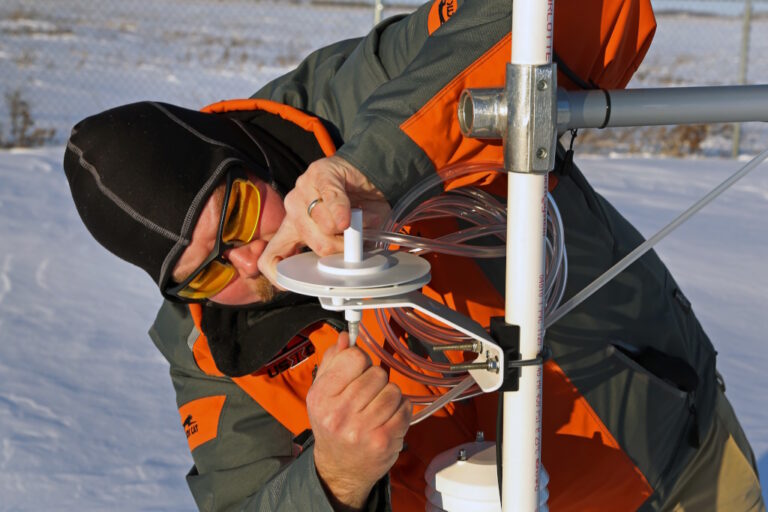Atm Sci Prospective Faculty Candidate: 03-05-08
FOR IMMEDIATE RELEASE
John D. Odegard School of Aerospace Sciences
Contact: Karen Ryba/Phone: 701-777-4761
February 28, 2008
Prospective Faculty Candidate to Speak at Atmospheric Sciences
***
“Toward Understanding the Environmental and Microphysical Properties Associated With Significant Tornadoes”
(Grand Forks, North Dakota): Matt Gilmore, Research Scientist in the Department of Atmospheric Science at the University of Illinois in Urbana, Illinois will give a presentation on Wednesday, March 5 at 2:00 p.m. in Ryan Hall (Room 130) entitled, “Toward Understanding the Environmental and Microphysical Properties Associated With Significant Tornadoes”. Gilmore is a prospective faculty candidate for the Department of Atmospheric Sciences at the John D. Odegard School of Aerospace Sciences located at the University of North Dakota.
Abstract: Gilmore will first review the current state of knowledge on the environmental conditions associated with significant tornadoes, touching on how modeling studies have contributed to significant gains in our understanding. In particular, modeling studies from the 1970s and 1980s demonstrated the environmental properties that support supercell storms while those from the 1990s and this decade have clarified the controls on strong low-level rotation and tornadoes. One important factor in the overall supercell structure and strength is the melting and evaporation within downdrafts (which, when minimized, results in a stronger vertically-stacked storm and larger low-level buoyant forcing in the immediate vicinity of tornadoes). Second, analysis is underway to understand the dynamic processes associated with the long-track tornado simulated for the 2004 NOVA television program. This is believed to be the first long-lived (45+ min) tornado simulated in the modeling community providing motivation for further analysis to explain its longevity and intensity. Gilmore will show illustrative animations as part of the discussion. Finally, Gilmore will discuss why more advanced microphysics schemes are needed and how we can use polarimetric radar data to help evaluate them.
About Atmospheric Sciences: In addition to the Ph.D. program, the Department of Atmospheric Sciences offers a Bachelor of Science, a Master of Science, and an undergraduate minor program in Atmospheric Sciences. Research areas of interest include atmospheric chemistry, surface transportation meteorology, radar meteorology, climate analysis, cloud physics, radiation, ground- and satellite-based remote sensing, aviation meteorology, hydrometeorology, mesoscale meteorology, data assimilation, numerical weather prediction, and weather modification. The Atmospheric Sciences department has played a major role in research for a number of Federal and state agencies, including the DOE, NASA, NDARB, FHWA, USDA, and DOD.
– # –
The Odegard School news releases are available on-line at http://www.aero.und.edu and click News for a list of news releases.

